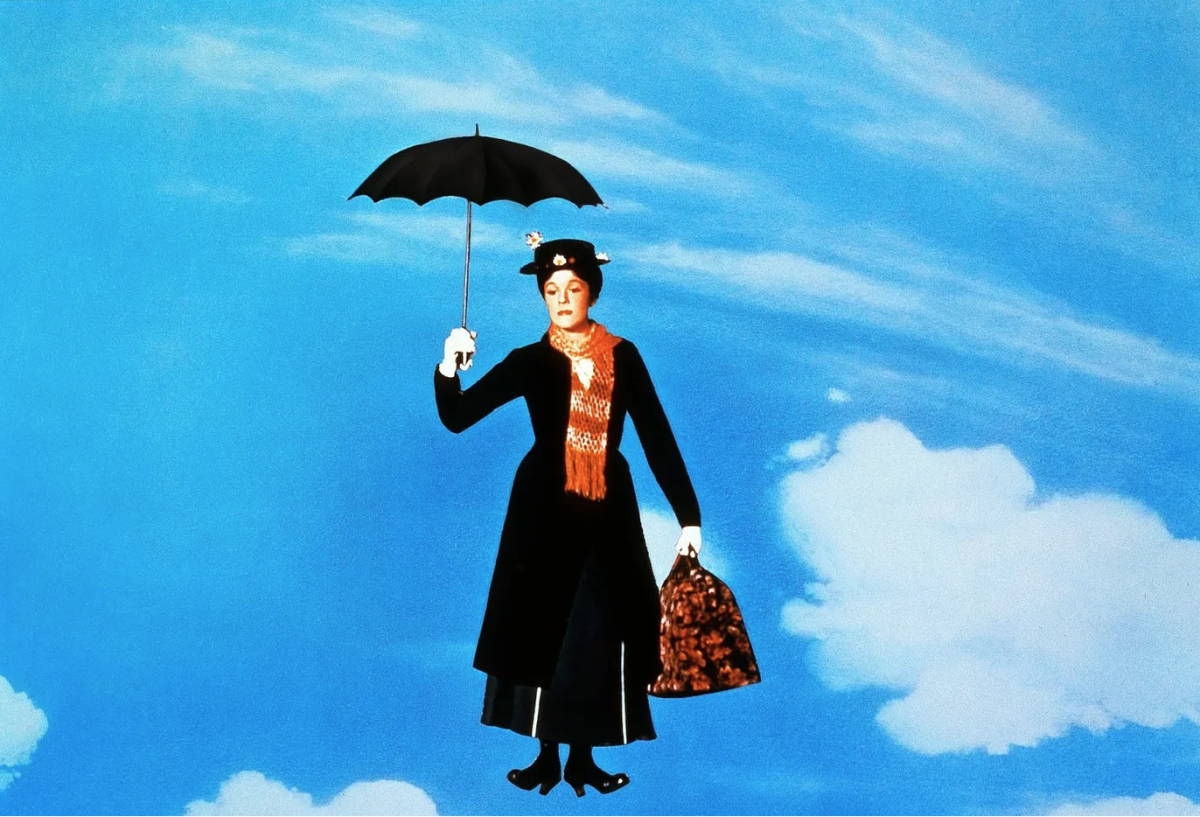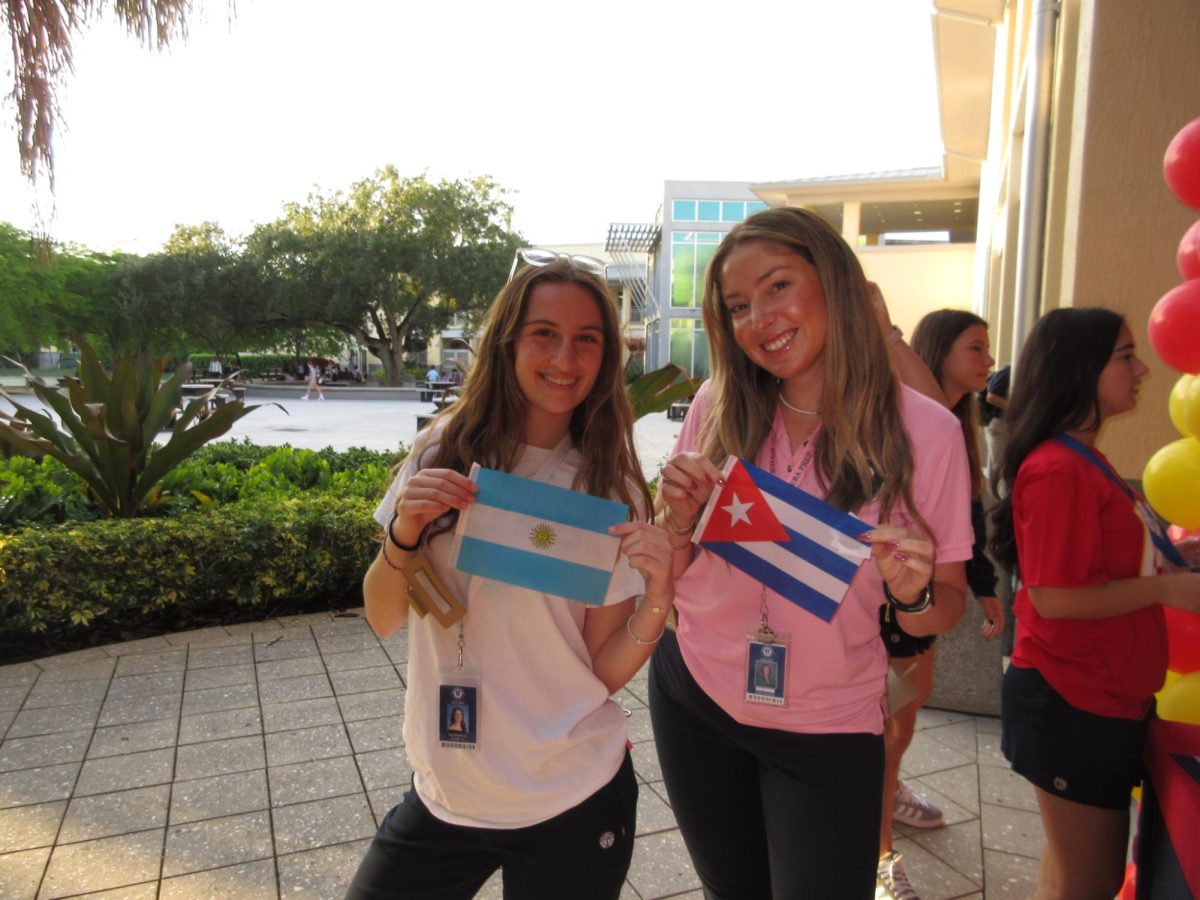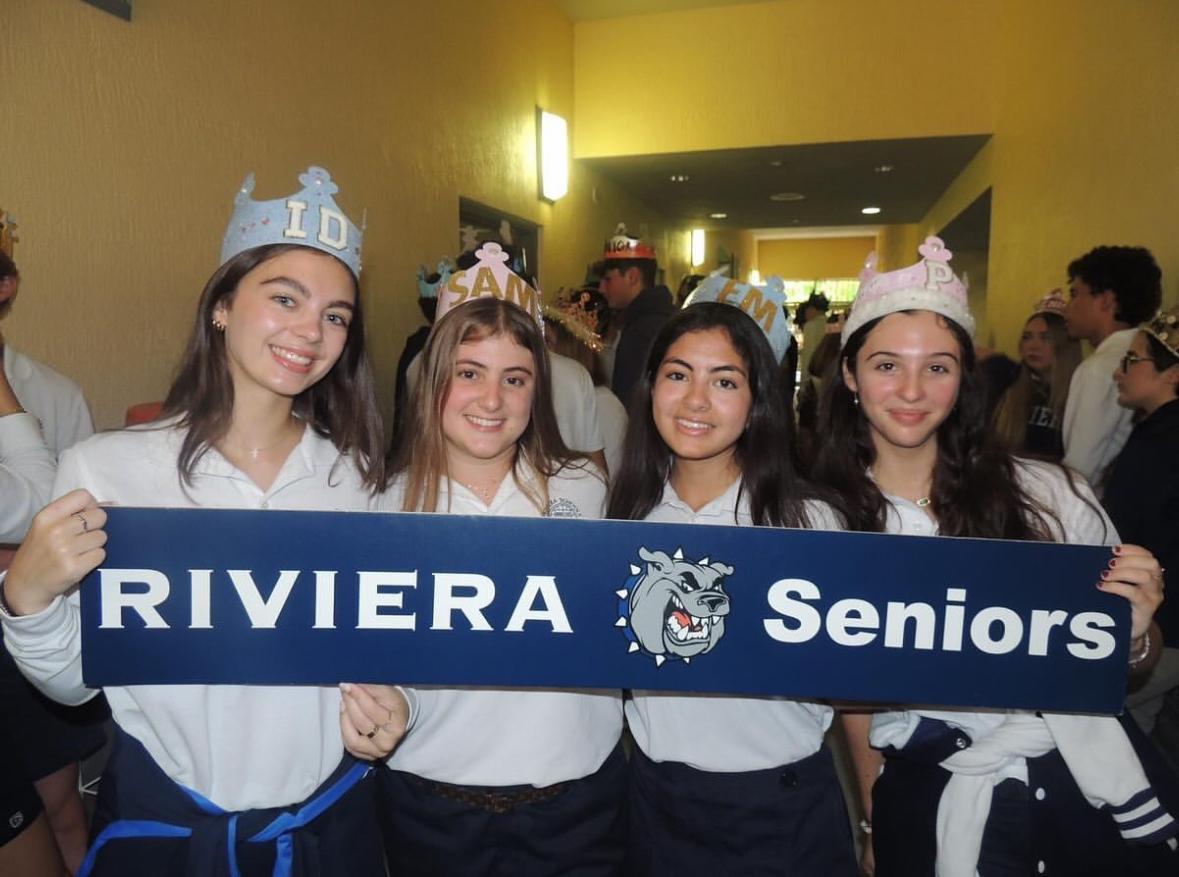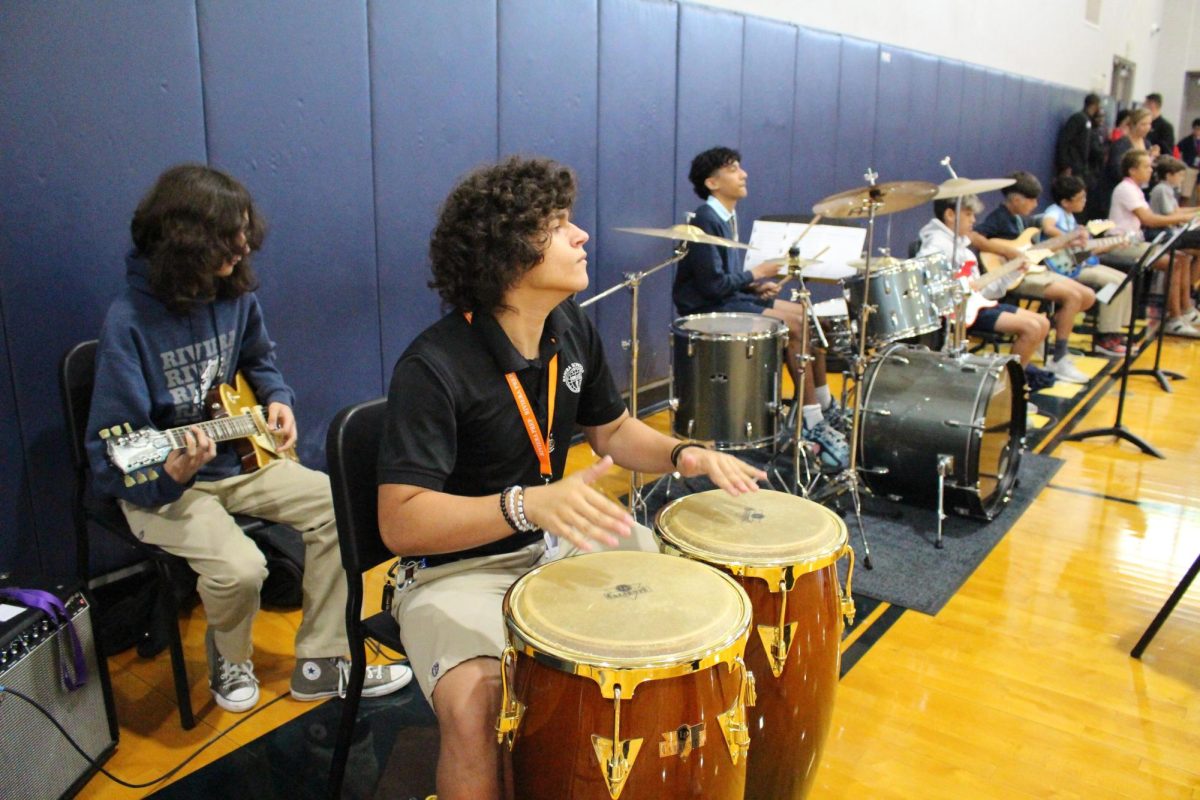Walking past the numerous Valentine’s Day decorations in various shops and restaurants, most people would think this holiday is a lovey-dovey cash grab. But does anyone know the real meaning behind Valentine’s Day? This often-forgotten holiday has some of the most fascinating traditions worldwide and an exciting history.
Valentine’s Day is often misunderstood due to its origins receiving less discussion than holidays such as Christmas or Thanksgiving. The origins of Valentine’s Day start with a celebration called the Feast of Lupercalia, which has been traced back to the 6th century B.C. It consisted of ritual sacrifices of animals and matchmaking. Lupercalia was soon outlawed, but this did not stop people from celebrating Valentine’s Day. During the late Middle Ages, specifically the 1400s, Valentine’s Day was celebrated more as a holiday, starting in Europe. Europeans began to write love letters to their significant others, which spread the snowball effect throughout the globe.
Since Valentine’s Day is such an old holiday, how does it still hold up in modern times? The percentage of Americans celebrating Valentine’s Day has decreased over the last 16 years by 11%, but why? Has the holiday become overrated, or is it secretly an underrated holiday that doesn’t get enough love (literally)? 58.5% of the student population voted that Valentine’s Day is rated fairly, 24.5% said it was overrated, and the remaining 17% said it was underrated.
A pie chart representing Riviera’s students answers to “Do you think Valentine’s Day is underrated, overrated, or rated fairly?” (Samantha Garcia)
The number of people celebrating Valentine’s Day is declining, and this trend has several reasons. Some reasons include objections to its pagan roots and dislike for its commercialization, which can overshadow its true meaning. However, some still enjoy the holiday, seeing it as an opportunity to spoil their partner or celebrate love.
Assuming one celebrates Valentine’s Day, what are some ways people celebrate it? According to the poll sent out to the student population, most students either indulge in Valentine’s Day treats like chocolate or heart cookies or spend time with their significant others, friends, or family.
But these are just ways that people celebrate here. What about in other countries? For example, they celebrate Valentine’s Day on February 14th in Argentina. Still, they also have a week in July called Semana de la Dulzura or “Sweet Week,” a week of Valentine’s Day-themed activities. Another example is that in Wales, instead of celebrating Valentine’s Day, they celebrate “the day of San Dwynwen” on January 25th, which consists of giving your partner a wooden spoon to show your love.
Ultimately, Valentine’s Day shows us the beauty of love through different customs celebrated worldwide. From exchanging gifts to sharing special moments, this holiday unites us in expressing affection. As we gear up for February 14th, let’s appreciate the diverse ways people celebrate and the connections it brings. So, whether you’re enjoying chocolates or participating in cultural traditions, let’s embrace the love this Valentine’s Day!
























![A Valentine's Day letter sits next to an alarm clock. [Marco Verch]](https://therivierapress.com/wp-content/uploads/2024/02/valentines-day.jpg)

